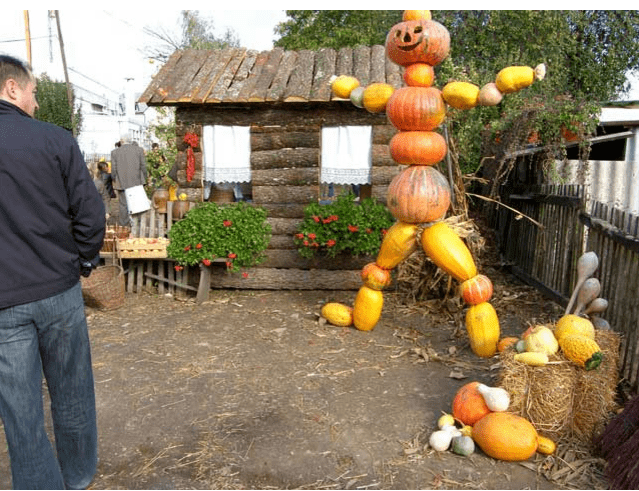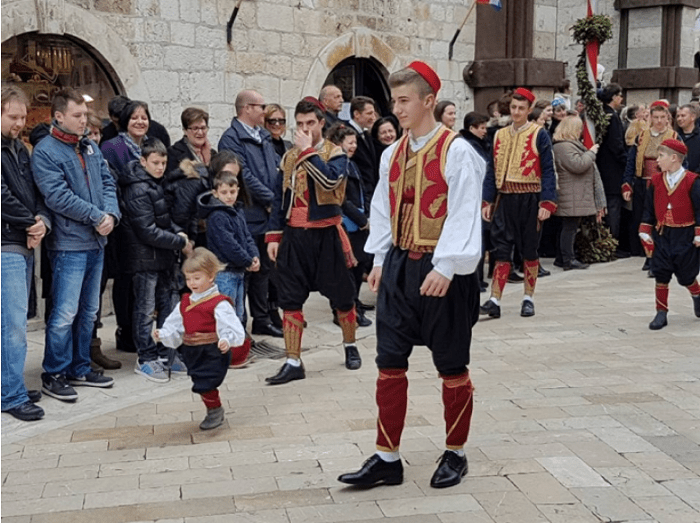As Croatia's Adriatic coast is full and overflowing at the peak of this record season, is it worth considering a visit to Croatia out of season, and if yes, is there anything going on? Oh yes! A selection of events and festivals all over the country taking place out of the main season.
Record numbers and record heat, a combination which is putting a little strain on the Adriatic tourism story of 2017. It would appear that the realisation is slowly dawning that one cannot keep on cramming more cruise ship visitors and an increasing number of tourists into the same confined space in peak season, as there is a limit to the capacity of top destinations, such as the Old Town of Dubrovnik. Some politicians are getting the message, and new Dubrovnik Mayor Mato Frankovic, for example, has announced plans to control the number of cruise ship visitors at any one time.
But while it is understandable that July and August are the most popular months for tourism in Croatia - the country's tourism stereotype remains sun, beach and sea - what does Croatia have to offer tourists at other times of the year? Plenty! And with a bit of organisation, and proper marketing, some of the tourism strain of peak season could be distributed elsewhere. Croatia has many attractions which are open all - or almost all - year, many of them which are actually much more pleasant to stroll around without the peak season crowds. Plitvice Lakes, Diocletians' Palce in Split and the walls of the Old Town of Dubrovnik are three UNESCO World Heritage Sites which immediately come to mind, for example.
1. Food and Wine Festivals All Year
I have come to learn during my time in Croatia that there is one universal truth - if it grows, Croatia will celebrate it. In my time here, I have been to festivals which celebrate the pumpkin, cabbage, lavender, honey and the edible dormouse. On my list to try are the fava bean festival (including fava bean ice cream - yes, really), paprika, watermelon and frog jumping (with a predictable menu). Croatia is the most diverse country I have ever visited when it comes to regional cuisine, and the country's potential for developing gourmet tourism is one of its great untapped potentials. As well as being a year-round business, gourmet tourists tend to spend well.
Of course, this being Croatia, it is almost impossible to find out about any of these special and very local events until the day after they occurred. It would be a GREAT addition to the Croatian tourism calendar and offer if someone were to come up with a food and wine festival calendar for Croatia. Days of Asparagus and the truffle festival in Istria, the oyster festival in Ston, that kind of thing. Imagine if foodies could see at a glance the very unique festivals Croatia has to offer. We would be more than happy to put such a detailed calendar together for the greater good, if somebody wanted to finance the considerable amount of work it will take. Send your commitments of financial support to the usual email...
And so too with the wine story. A country which gave the world Zinfandel and today has a reported 130 indigenous grape varieties that have led experts to call Croatia the most exciting wine region in Europe right now. This very morning, Decanter published a great piece on a wine tour from Split to Dubrovnik. This, while Dalmatia does not even have a wine road. This is a HUGE opportunity for Croatian tourism if any decision-makers are reading. We have tried to do our bit with our limited resources - 25 Things to Know about Croatian Food Festivals and a dedicated website in English about Croatian wine.
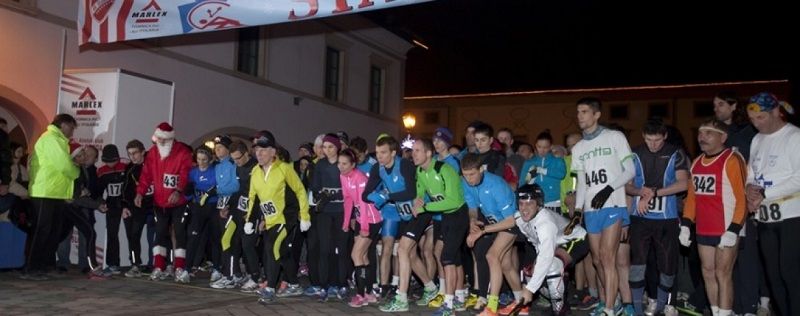
2. New Year in Croatia, Fuzina, Novi Marof and the Varazdin Midnight Marathon
New Year is a great place to celebrate almost anywhere in the world, and Croatia is no exception. There are great street parties in all the major cities, and it is also a time when locals have a lot more time after the busy tourist season to let down their hair and relax. There are some unusual traditions to see in the New Year in Croatia as well, including a big salsa beach festival in Podstrana, the traditional Split game of picigin in the icy New Year waters of Bacvice beach, and some New Year parties which start a little earlier. The best known among these is the New Year party at Fuzine in Gorski Kotar, which starts at midday on December 31, but if you want a really unusual New Year to remember, just an hour from Zagreb, the town of Novi Marof also celebrates New Year at midday on Decemeber 31, from where it is a short journey to the first race of the new year. Next year will be the 40th year that the Varazdin Midnight Marathon takes place on the stroke of midnight as the new year starts. Started in 1977, this year's winners came from Kenya (men's) and Serbia (women's). Interestingly, both competitors then headed to Dubrovnik, where they both won again with the Dubrovnik New Year race. Read more about the Varazdin run here.
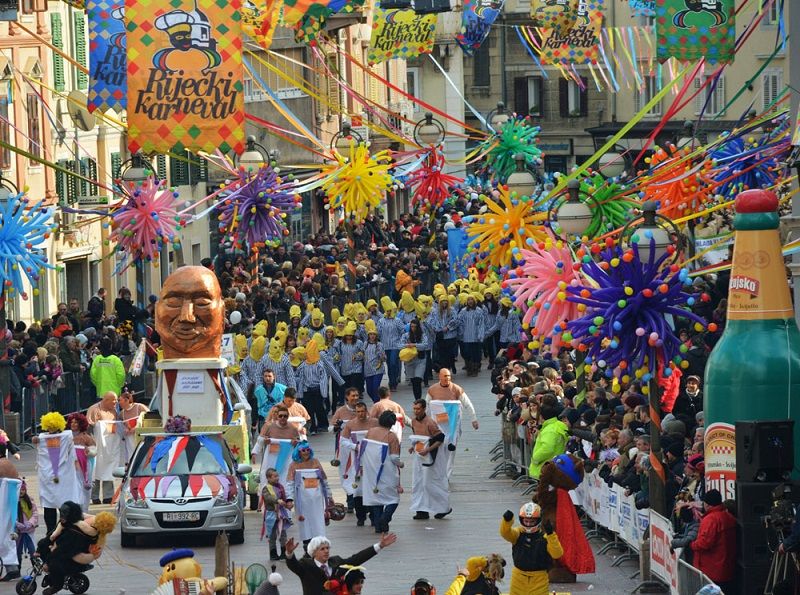
3. Rijeka Carnival, Samobor, Lastovo
If you want to see Croatia at its most colourful, Carnival time (just before the onset of Lent) is a wonderful time to visit. Every community holds its own festivities, with locals appearing in an array of colour and costume, coupled with some biting political satire in some performances, a time of true joy in Croatia as everyone lets their hair down. Destinations such as Venice may be the most famous for the Carnival, but Rijeka is not far behind. Not only is it the biggest carnival in Croatia, but also one of the biggest and best in all Europe. Other destinations to check out at this time are the island of Lastovo, which has its own traditional event, and Samobor Fasnik, just outside Zagreb. You can read more about this year's carnival on the island of Lastovo here.
4. Sv Vlaho and Dubrovnik Winter Festival
Ah Dubrovnik. The Pearl of the Adriatic, the most famous name in Croatia internationally, and truly a gem of global tourism. In Summer, it can get a little overrun with tourists (more than 1 million people walked its famous walls last year), and the Dubrovnik experience out of those busy summer months is altogether more pleasant if you can visit then. By far and away the best time to visit in my opinion is the first week of February for the annual festival of St. Blaise, the patron saint and much-loved protector of Dubrovnik. It is a time of pure joy when the city is full, but in a different way - with locals enjoying the town normally occupied by tourists and celebrating their ancient traditions, with extended family returning home for the St. Blaise weekend. It was one of the best experiences of my 15 years in Croatia, and you can read more about this year's event here. The festival is part of the Dubrovnik Winter Festival, which runs from November until the beginning of March each year, so if you would like to experience a mix of culture and one of Europe's prime attractions away from the crowds, an early year visit to Dubrovnik is encouraged.
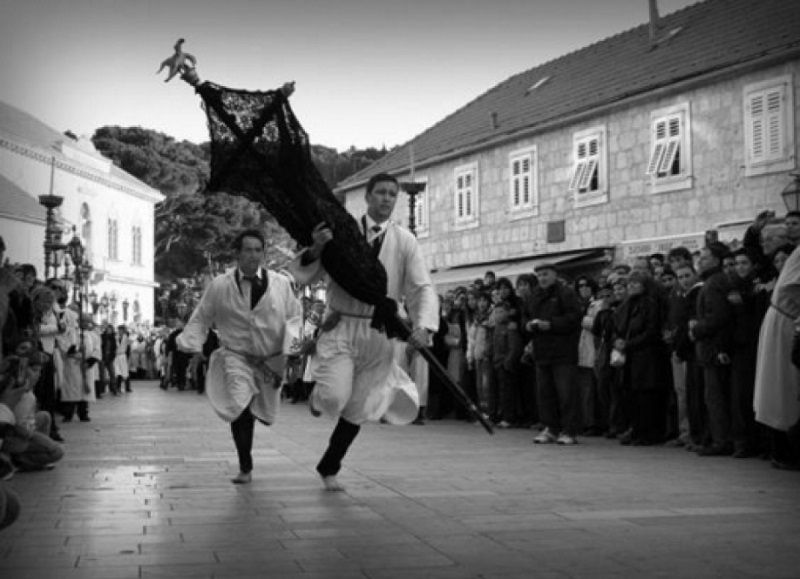
(Photo credit Paolo Buncuga)
5. Easter on Hvar
People who ask me about my favourite time of year on Hvar are almost always surprised by my answer. Without a doubt it is Easter in Jelsa, a time of family joy and religious reflection, when the focus is not on tourism but on the important traditions and heritage of the community. The Za Krizen procession is the highlight, of course - 6 simultaneous 22km processions which take place through the night of Maundy Thursday at 22:00, arriving back at their starting point at 07:00 the next morning in Jelsa, Pitve, Vrisnik, Svirce, Vrbanj and Vrboska - but it is the entire atmosphere of a wider community at one, slowly waking up from the winter hibernation, that makes Easter so special for me. It should be noted that the Za Krizen procession is not a tourist event, but a deeply religious tradition, but it is a spectacle of its own, and tourists are welcome if they respect this premise. Here is the start of Za Krizen 2017 in Jelsa, a procession which has taken place each year for over 500 years, and is now part of UNESCO intangible heritage.
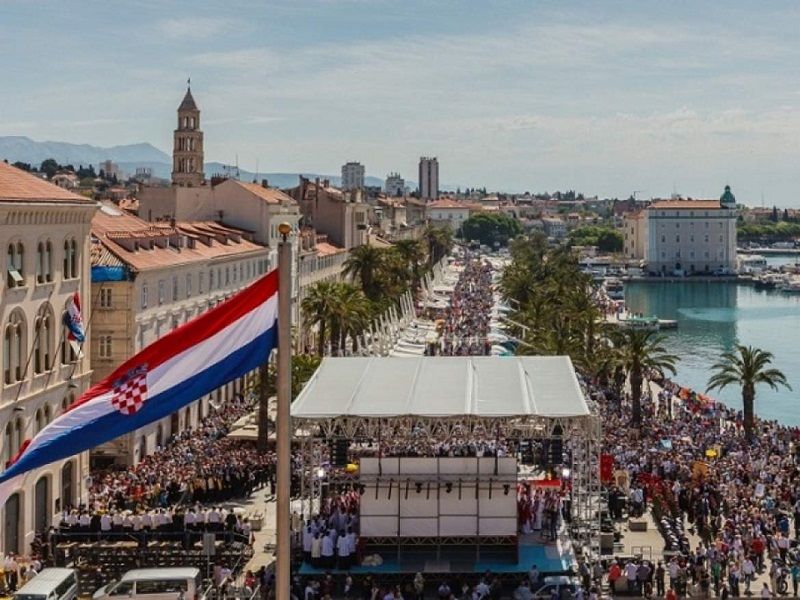
6. Sv Duje in Split
Split too has its day to celebrate its patron saint, St. Domnius, at it is nicely timed for May 7, when most of the budget flights have already started their seasonal schedules. The main day includes a big religious procession, but the whole festival lasts for days (you can see this year's programme here), and it is a great opportunity to see the locals having fun. One of the more unusual events in the Sv Duje celebrations is the annual Oxford-Cambridge-Split boat race, featuring the famous current university rowing teams, as well as a veteran's race, where the number of Olympic medal winners on display is truly amazing. Read more about the race here.
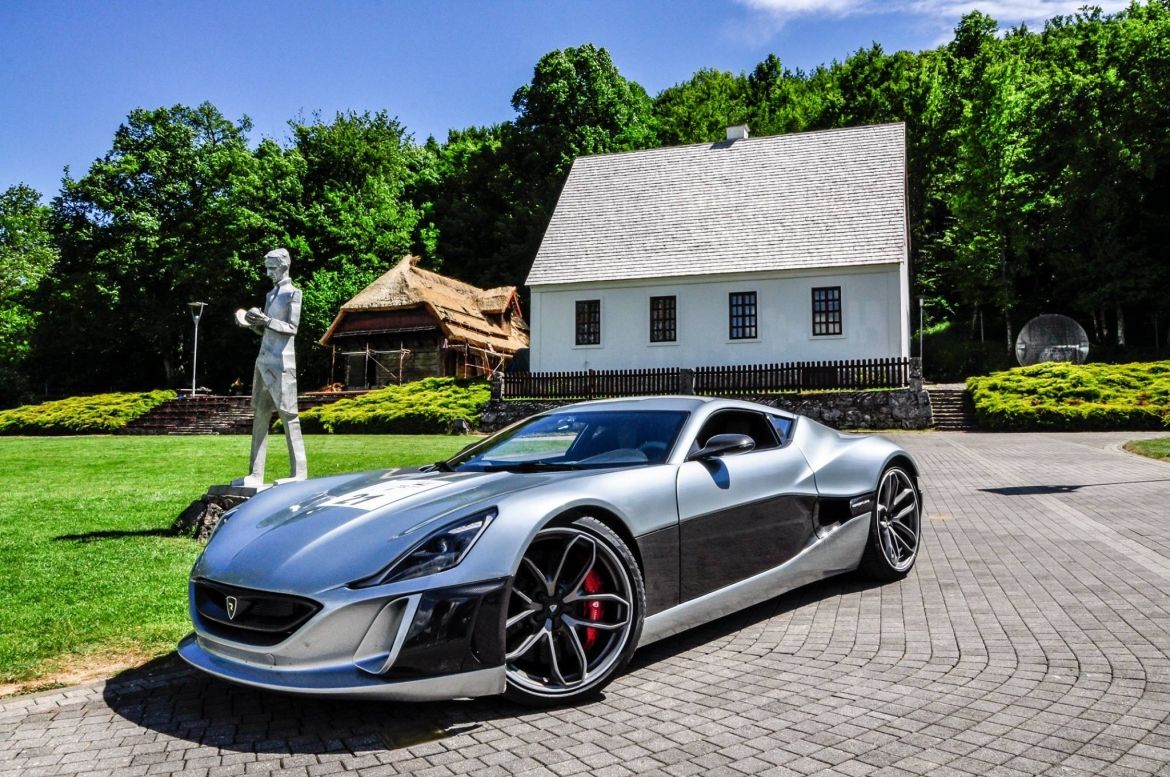
7. Nikola Tesla EV Rally
And so to my personal favourite event of the year, a unique idea which packages the very best of the cool Croatia into one concept, and which I hope gets much more support in the future. How to promote a tourist destination which is one of the sunniest in Europe, where over 10% of its land is given over to parks, the birthplace of both Nikola Tesla and the world's premier electric car, Rimac Automobili Concept One? When I first heard of the Nikola Tesla EV Rally, I just knew I had to take part. A wonderful 8-day odyssey through some of Croatia's finiest national parks, historic towns, picturesque islands and finest food and wine, the Tesla rally promotes a cool image of Croatian beauty and environmental responsibility which should - at least in my opinion, given its Tesla heritage - be one of the cornerstones of branding cool Croatia as a toursim destination. The rally takes place in late May and early June, and next year it will go all the way from Istria to Dubrovnik, further demonstrating the growing ease of electric car travel in Croatia. One of the finest sights of this year's rally (a video which was shared on the Tesla company facebook page) was of a Jadrolinija ferry carrying exclusively electric cars, 47 of which were Teslas. You can learn more about the Nikola Tesla EV Rally here.
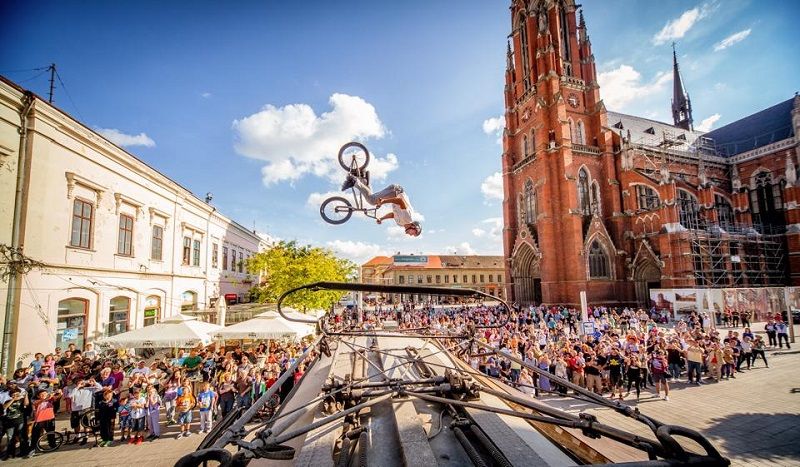
(Photo credit www.festival.hr)
8. The Charms of Slavonia: Pannonian Challenge and Vinkovci Autumn Festival
Slavonia, one of Croatia's most fascinating regions, and definitely its most neglected, has plenty of authenticity to offer guests, and yet it is almost criminal how little is known about the region, even by Croats living in other parts of Croatia. How many people know for example, that Europe's oldest continuously inhabited town lies in eastern Croatia, that its vineyards produced wine for the Queen's Coronation in 1953, or that THAT murder on the Orient Express took place in Slavonia. A truly excellent piece by Senka Vlahovic on 25 Things to Know about Eastern Croatia will teach every reader at least something, myself included. The largest regional folklore event in this part of Europe takes place in its oldest town in September with the Vinkovci Autumn Festival, while the annual Pannonian Challenge in early June is growing every year in importance.
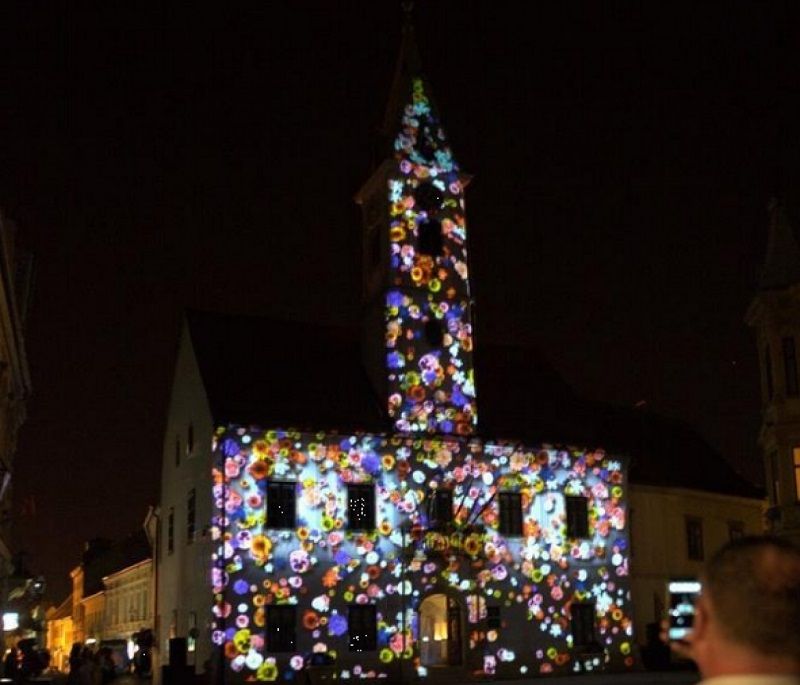
9. Baroque Evenings and Flying Guitars Festival
For a city of culture, it would be hard to beat majestic Varazdin, the former Baroque capital of Croatia, a delightful destination revered for its culture. Next week Croatia's biggest street festival, Spancirfest, take place all over the old town, with more than 400 acts performing all over Varazdin over a ten-day period. The focus is very much on classical music in late Septemeber, and for over 40 years, Varazdin has hosted Varazdin Baroque Evenings, an event which attracts a multitude of international talent to the city. This year's event will take place from September 22 to October 5. An additional musical event, the Flying Guitars Festival was added last year, an international guitar festival to celebrate the heritage of Varazdinac Ivan Padovac, inventor of the two-necked guitar, and this year's festival will take place from October 6-9.
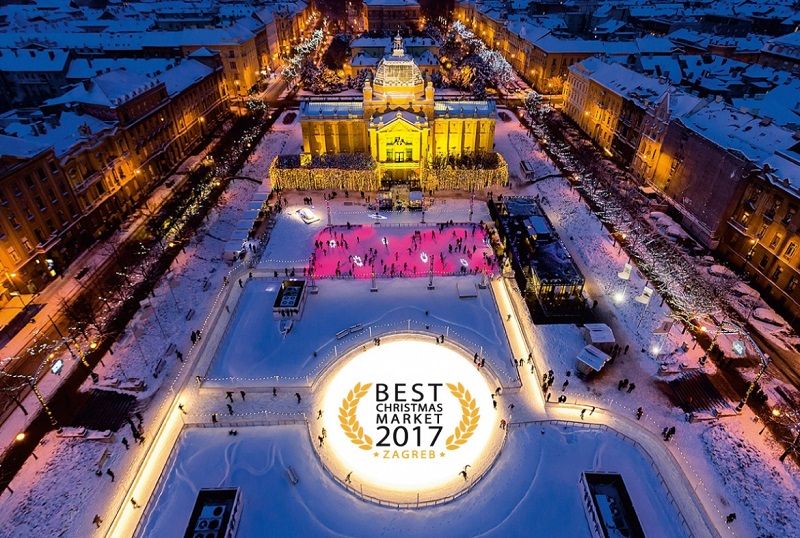
10. Advent in Zagreb the Zagreb Film Festival and Salaj Family Lights
And we finish with an example for all in how to develop tourism from nothing. Just a few years ago, Advent in Zagreb was confined to a few stalls on the main square, but a coordinated and well-marketed approach has put the Zagreb event to the forefront of European winter tourism, after it was voted the number one Christmas market in Europe for two years in a row. What is certain is that the event has blossomed, and the tourist numbers don't lie. From nothing, Zagreb recorded more tourists and overnight stays in December alone than many medium-sized coastal destinations manage in a year. Additional Zagreb winter highlights include the Zagreb Film Festival (this year from November 11-19) and the quite amazing Salaj family Christmas lights.
Croatia is a fascinating and very diverse country, with so much more to offer than the July and August sun, beach and sea. So if the crowds are a little too much for you at the moment, but you still want to explore the richness of the Croatian tourism offer, take a step back, do a little research, and find the slice of Croatia which suits you, whatever the season.

